Carbide cutting tools are the unsung heroes in machining and metalworking. They’re tough, precise, and get the job done even under extreme conditions. But how do you optimize their efficiency? That’s what we’re here to uncover! This guide dives deep into carbide cutting efficiency, exploring raw materials, applications, manufacturing processes, and much more.
Understanding Carbide Cutting Efficiency
What is Carbide Cutting Efficiency?
Carbide cutting efficiency refers to the ability of carbide-based tools to cut through materials effectively, minimizing waste and maximizing output. It’s not just about sharpness—it’s about strength, durability, wear resistance, and the ability to handle high temperatures. Think of it like a chef’s knife: a sharper, stronger blade means cleaner cuts and longer use.
Why Does Carbide Matter in Cutting Tools?
Tungsten carbide, often the primary material, combines hardness and toughness in a way most metals can’t. Compared to traditional steel tools, carbide tools last longer, cut faster, and handle harsher conditions. It’s like switching from a butter knife to a samurai sword.
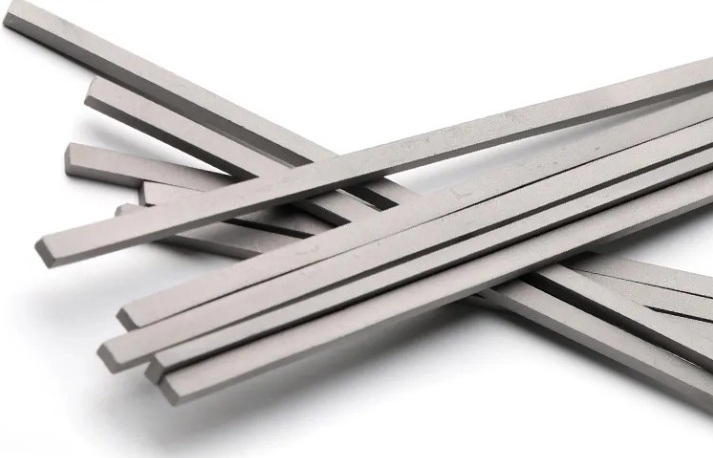
Raw Materials and Composition Analysis of Carbide Cutting Tools
Carbide cutting tools are a blend of metal powders and binders. Let’s break it down:
| 素材 | Role in Composition | プロパティ |
|---|---|---|
| 炭化タングステン(WC) | Core material, provides hardness | Extreme wear resistance, high strength |
| コバルト | バインダーとして働く | Toughness, ductility |
| 炭化チタン(TiC) | Enhances wear resistance and temperature handling | 耐食性 |
| 炭化タンタル(TaC) | Adds heat resistance | Stability at high temperatures |
| ニッケル(Ni) | Alternative binder | Anti-corrosion, enhances flexibility |
Production Process Flow of Carbide Cutting Tools
- パウダーの調製: Mixing tungsten carbide, cobalt, and other powders to precise ratios.
- 圧縮: The powders are pressed into molds to form a “green” compact.
- 焼結: High-temperature sintering fuses the particles together, creating the final hard material.
- Shaping and Grinding: Cutting tools are shaped to their final specifications with diamond abrasives.
- コーティング(オプション): Advanced coatings like titanium nitride enhance performance and longevity.
超硬切削工具の用途
| 産業 | 申し込み | 効率アップ |
|---|---|---|
| 航空宇宙 | 高強度合金の切断 | Precise cuts, reduced downtime |
| 自動車 | エンジン部品の加工 | Faster cycle times, extended tool life |
| メディカル | Manufacturing surgical instruments | Ultra-fine precision, minimal wear |
| 石油・ガス | Drilling and pipeline manufacturing | Handles extreme environments |
| 一般エンジニアリング | Cutting, drilling, and shaping various metals | Versatility, reduced tool replacement |
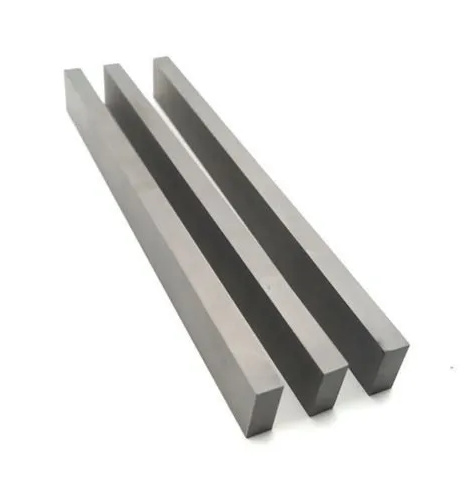
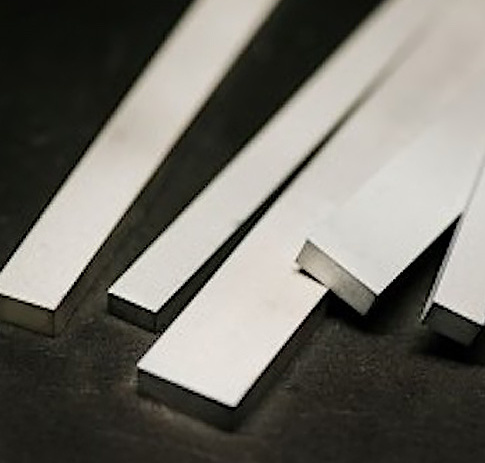
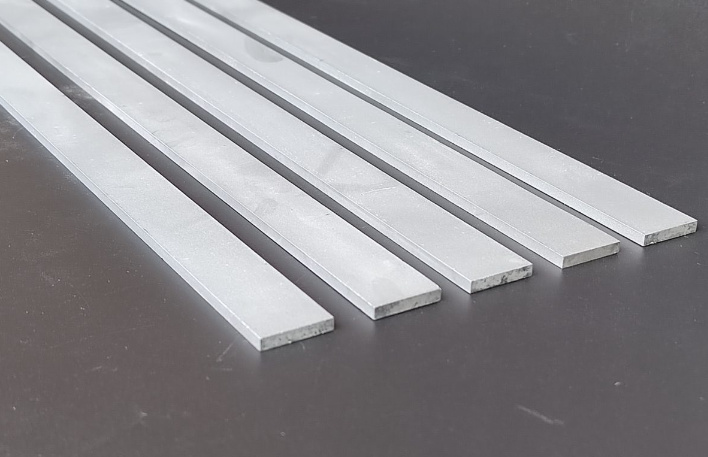
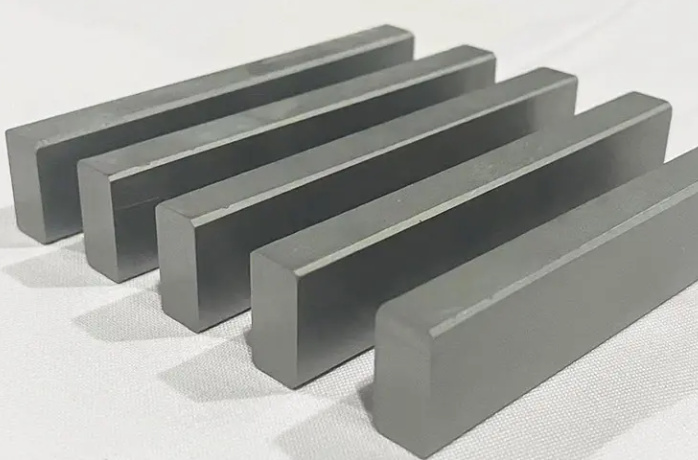
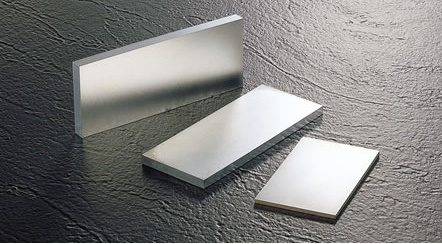

Material Properties of Carbide Cutting Tools
| プロパティ | レンジ | Impact on Efficiency |
|---|---|---|
| 硬度 | 85–92 HRA | Higher hardness equals longer tool life |
| 密度 | 14.5-15.1 g/cm³ | Indicates material compactness |
| 横方向の破断強度 | 2,000–3,000 MPa | Resistance to breaking under stress |
| 熱伝導率 | 84–105 W/mK | Heat dissipation during cutting |
| ヤング率 | 550–700 GPa | Reflects material stiffness |
Top 10 Metal Powder Models for Carbide Tools
Here’s a closer look at specific metal powder models that power carbide tools:
- WC-10Co-4Cr: Excellent for high-impact applications.
- WC-6Co-1Cr: Balances wear resistance and toughness.
- WC-17Co: Known for its superior hardness and longevity.
- WC-12Ni: Offers corrosion resistance for challenging environments.
- WC-20TiC: Great for high-speed machining tasks.
- WC-5Mo-4Co: Performs exceptionally in abrasive conditions.
- WC-8TaC-2Co: Ideal for aerospace-grade alloys.
- WC-15Co-2TiC: Provides enhanced thermal resistance.
- WC-9Co-1Ni: Combines toughness and flexibility.
- WC-25Cr3C2: Preferred for heavy-duty industrial tasks.
選択 Carbide Cutting Efficiency
| ファクター | 考察 | チップ |
|---|---|---|
| ツールタイプ | Drill, end mill, insert, etc. | Match the tool to the material |
| 素材構成 | WC, Co, TiC ratios | Balance hardness and toughness |
| コーティング・オプション | TiN, TiCN, Al2O3 | Use coatings for high-temperature jobs |
| サプライヤーの評判 | Established vs new suppliers | Prioritize quality and consistency |
| 予算 | Initial cost vs long-term savings | Invest in durable, high-quality tools |
利点と限界を比較する
| アスペクト | メリット | 制限事項 |
|---|---|---|
| 耐久性 | 長持ちし、摩耗に強い | 初期費用が高い |
| 精密 | Cleaner, more accurate cuts | Requires expertise for best use |
| 汎用性 | Works across materials, including alloys | Not ideal for softer materials |
| 耐熱性 | 高温でも優れた性能を発揮 | May need specialized coatings for extreme jobs |

よくあるご質問
| 質問 | 回答 |
|---|---|
| What makes carbide tools efficient? | Their hardness, durability, and ability to handle heat and wear during cutting. |
| 超硬工具はスチール工具より優れているのか? | Yes, they last longer, cut faster, and can handle tougher materials. |
| 超硬工具のメンテナンス方法は? | Regular cleaning, proper storage, and periodic sharpening ensure longevity. |
| Can I use carbide tools on all materials? | They’re best for hard materials; softer materials may not benefit as much. |


